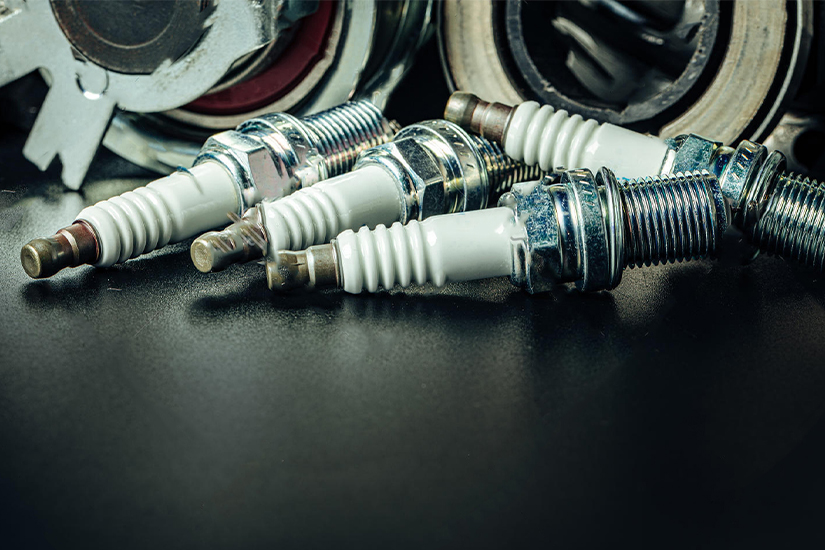Ways how spark plug manufacturers carry forward the manufacturing process
Spark plugs come with a lengthy & expensive developmental history. With the continuation of numerous pieces of surveys, Auto spark plug manufacturers are in the attempt of producing the spark plugs with more durability. They have tested 2,000 electrode and 25,000 insulator materials and their combinations over yesteryears. By doing so, they want to manufacture the best spark plugs ever possible.
Components used in the manufacturing process of Spark Plugs
Not all spark plugs come in the same design. However, the truth is that they get manufactured by using some following components. Let’s look into the details of these components one by one:
The center electrode: It’s connected to the terminal through an internal wire and commonly a ceramic type resistance to reduce emission of Radio Frequency noise from the sparking. The tip can be made of a combination of copper, nickel–iron, chromium, or noble metals (like platinum & iridium).These noble metals are usually used because of their high melting temperature which allows the maker to reduce the diameter of center electrode to 0.6mm to 0.5mm for their better ignitability and performance. The center electrode is also incorporated with Copper material to dissipate the excess heat and avoid the chances of overheating.
The side electrode: It’s the thick and short nickel-alloy wire and also known as ground electrode. It attaches to the side of the metal shells and thus it can create the gap for sparking. Some side electrodes have provided a copper core, so as to increase heat conduction. Multiple side electrodes are also available. The ground electrode can also have small pads of platinum or even iridium added to them in order to increase service life.
The insulator: It’s the ceramic casing and it includes mostly the center electrode. The main part of the insulator is typically made from sintered alumina / High Alumina a very hard ceramic material with high dielectric strength, printed with the manufacturer’s name and part no details. Its major functions are to provide mechanical support and electrical insulation for the central electrode, while also providing an extended spark path for flashover protection. Ribs are also provided on the insulator.
The shell: It’s the hexagonal metal casing that comes with threads. It allows the manufacturers to install the spark plugs into engine cylinder heads. It also withstands the torque of tightening the plug, serves to remove heat from the insulator and pass it on to the cylinder head, and acts as the ground for the sparks passing through the central electrode to the side electrode. It’s important to install spark plugs with the correct “reach,” or thread length.
What must you learn about Spark Plugs manufacturing process?
Every major spark plug component gets manufactured in the continuous assembly process. As a matter of fact, the manufacturers incorporate quality standards as well as practices throughout its process. By doing so, they ensure utter safety and accuracy such that the spark plugs perform their functions accordingly.
Upon this, the manufacturers test the incoming parts & tools. They also perform the inspections & pressure testing only to ensure that the spark plugs meet the required design specifications.
If you are looking for High performance spark plugs, then you have to read further about the manufacturing process. Also, you should understand the significance of finding a reputable manufacturer producing the Best spark plugs. So, these are some basic things that you need to know regarding Best car spark plugs.
 An IATF 16949:2016 & ISO 9001:2015 Certified, An ISO 14001:2015 & ISO 45001:2018 certified Co.
An IATF 16949:2016 & ISO 9001:2015 Certified, An ISO 14001:2015 & ISO 45001:2018 certified Co.



Leave a Reply